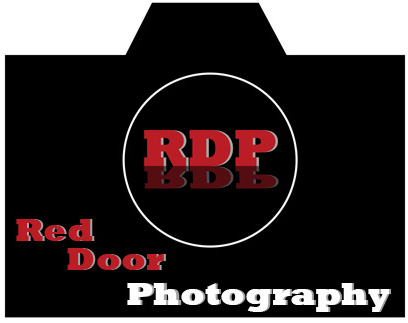
So this is what we use CLS for. Also in this photo you can see the use of the Radio Poppers . We set these flash units up then crossed the street to shoot through the window. We wanted to see the lettering on the windows, as well as the table through the window. Overall it worked out well, but I don't have any of the finished images to show you. Shad is working on them and then they're going to the Jr. League people for their cookbook. Shad will have them up on his site soon. Speaking of Shad's website. He had enough of my constant torment so he broke down and built a website. Ok well he bought all of the software to do it. Either way, it's almost ready to go, when it is I'll post up the link for everyone to check out.
Today down and dirty on filters. Which ones do I need? Which brand do I go with? The first and most basic filter that I have on every lens that I own is a UV filter. UV filters,(sometimes referred to as Haze filters) are really nothing more than a clear piece of glass on the front of your lens. So why would you want one? One word PROTECTION. A "good" UV filter only costs between $40-$60. Much less than replacing or repairing your lens. If you drop your lens, if you drop something on your lens, or if you accidental get something like salt water on the front of your lens you'll wish you had one on there. I really like Hoya Filters. Hoya filters are good quality filters. They have essentially two different versions. They have single coated filters which us just a clear protective coating to prevent scratching. They also have Multi Coated lenses. These lenses are coated with multiple thin layers of metal that prevent glare, and ghosting. I prefer the multi coated filters because of the decrease in glare. The multi coated filters are about twice the price of the single coated filters. I have mentioned that I like Hoya, and Hoya is what I use, but there are other quality filters out there as well. Tiffin makes a nice filter, as well as Cokin. The main advantage of a Tiffin Filter is thickness. They are much thinner than most other filters.
So by now we know that we should all have a UV filter on our lenses at all times. No matter day or night. The next filter that I have found particularly useful is the circular Polarizer. Again I prefer the multi coated versions. The Circular polarizer is a filter that reduces glare caused by the sun, and cuts through the haze. They should have been named the haze filters, but that name was already taken... Anyway these filters aren't cheap. Expect to pay $100+ dollars for a good version. This is an essential filter for anyone wanting to do any kind of landscape photography. It will make a night and day difference in your photos.
Next we're going to talk a little about Neutral Density filters. There are many versions of the filter, but before I talk about all of them, I want to talk about what it actually is, and what it's used for. Neutral Density filters are filters that have a dark tint to them. They darken the light coming into the lens, much like a pair of sunglasses darkens the light that comes into your eyes. This is useful for two things, number one, if it's a bright sunny day and you want to use a large aperture like f/2.8 you may need something to reduce the amount of light coming in so you can get the proper exposure. This would allow you to have a very shallow depth of field when it's very bright out. The second reason to use a neutral density filter is to darken overly bright areas of the photo. This is the job of the split neutral density filter. They are only tinted on half of the glass. This allows you to turn the filter to cover either the top half of the scene, or the bottom half of the scene. Also there are varying levels of "tint" on the filters making some darker than others. Everywhere from 1/4 of a stop up to 4 or 6 stop difference.
These are the main filters that I use. There are other filters out there. They make warming filters, cooling filters, etc... These filters are mostly used for film because with film you don't have the ability to change white balance. Hope this helps some of you make a decision on which filters you need and want. See everyone tomorrow.






No comments:
Post a Comment